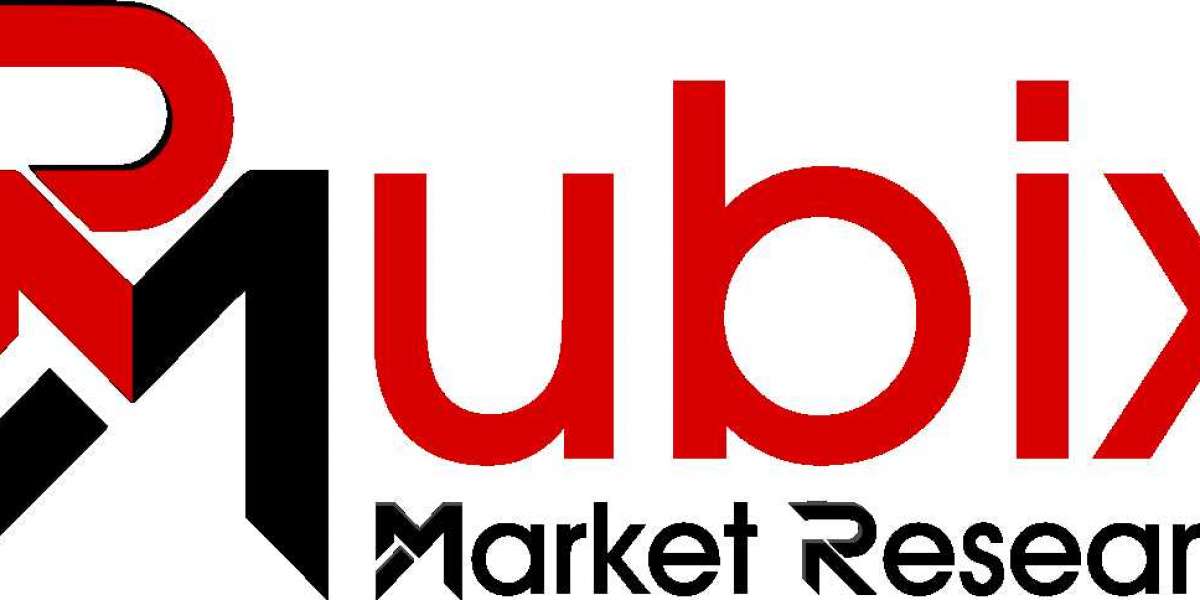Introduction to Data Integration Solution
Data integration refers to the process of combining data from various sources and consolidating it into a unified view. It involves bringing together data from disparate systems, databases, applications, or even external sources, and transforming it into a consistent and meaningful format. The goal of data integration is to provide a comprehensive and accurate representation of the information, enabling organizations to make informed decisions and gain valuable insights.
In today's data-driven world, businesses generate vast amounts of data from different sources such as customer interactions, sales transactions, inventory management, and more. Without a proper data integration solution, organizations may struggle with data silos, inconsistent data formats, and challenges in data analysis. By implementing a robust data integration strategy, businesses can break down these barriers and unlock the full potential of their data.
Understanding EDI Integration
One of the key components of data integration is Electronic Data Interchange (EDI). EDI is the electronic exchange of structured business documents between different computer systems, using standardized formats and protocols. It enables the seamless transfer of data between trading partners, eliminating the need for manual data entry and reducing errors.
EDI integration involves integrating EDI transactions and documents into an organization's existing systems and processes. By integrating EDI, businesses can automate their supply chain operations, streamline order processing, improve inventory management, and enhance overall business efficiency. EDI supports various types of documents such as purchase orders, invoices, shipping notices, and more, allowing for seamless communication between trading partners.
Benefits of EDI Integration
The integration of EDI brings numerous benefits to organizations across industries. Here are some key advantages of implementing EDI integration:
Streamlining business processes
EDI integration eliminates manual data entry and paper-based processes, reducing the risk of errors and improving the speed and efficiency of business operations. By automating the exchange of data between trading partners, organizations can streamline their supply chain, order fulfillment, and logistics processes. This leads to faster order processing, reduced lead times, and improved customer satisfaction.
Enhancing data accuracy and reliability
Manual data entry is prone to errors, such as typos, missing information, and misinterpretation. EDI integration eliminates these risks by enabling the direct transfer of structured data between systems. This ensures data accuracy and consistency throughout the supply chain, reducing the chances of errors and discrepancies. Accurate and reliable data is essential for making informed business decisions and maintaining strong relationships with trading partners.
Improving operational efficiency
EDI integration enables real-time visibility into business transactions and processes. By automating data exchange, organizations can monitor and track orders, shipments, and payments in a timely manner. This improves operational efficiency by reducing manual interventions, minimizing delays, and enabling proactive decision-making. With EDI integration, businesses can optimize their supply chain management, inventory control, and cash flow management, leading to cost savings and improved profitability.
Choosing an EDI (Electronic Data Interchange) Solution
Selecting the right Electronic Data Interchange solution is crucial for successful data integration. Here are some factors to consider when choosing an EDI solution:
Integration capabilities
Ensure that the EDI solution seamlessly integrates with your existing systems, such as enterprise resource planning (ERP) software, customer relationship management (CRM) tools, and supply chain management systems. Compatibility and ease of integration are key to achieving a smooth data exchange process.
Scalability and flexibility
Choose an EDI solution that can scale with your business as it grows. It should be able to handle increasing data volumes, support multiple trading partners, and adapt to evolving industry standards. Flexibility in data mapping and transformation is also important to accommodate changing business requirements.
Security and compliance
Data security is paramount when it comes to data integration. The chosen EDI solution should adhere to industry-standard security protocols and encryption methods to safeguard sensitive information. Additionally, ensure that the solution complies with relevant regulatory requirements, such as HIPAA or GDPR, if applicable to your industry.
User-friendly interface
A user-friendly and intuitive interface simplifies the configuration and management of EDI processes. Look for an EDI solution that offers a user-friendly dashboard, customizable workflows, and easy-to-understand error handling. This will empower your team to effectively manage and troubleshoot any data integration issues that may arise.
Implementing Data Integration
Implementing data integration requires careful planning and execution. Here are the key steps involved in the process:
Planning and preparation for data integration
Before embarking on data integration, define your objectives and identify the specific data integration needs of your organization. Assess the data sources, systems, and processes that require integration and establish a clear roadmap for implementation.
Data mapping and transformation
Data mapping involves defining the relationships between data elements from different sources and determining how they will be transformed and consolidated. This step ensures that data is properly mapped and aligned to achieve the desired integration outcomes. It may involve mapping data fields, defining data formats, and applying data transformation rules.
Data validation and error handling
To maintain data integrity, implement robust data validation mechanisms during integration. Validate data for accuracy, completeness, and consistency at various stages of the integration process. Implement error handling procedures to address any data discrepancies or failures that may occur during the integration process.








